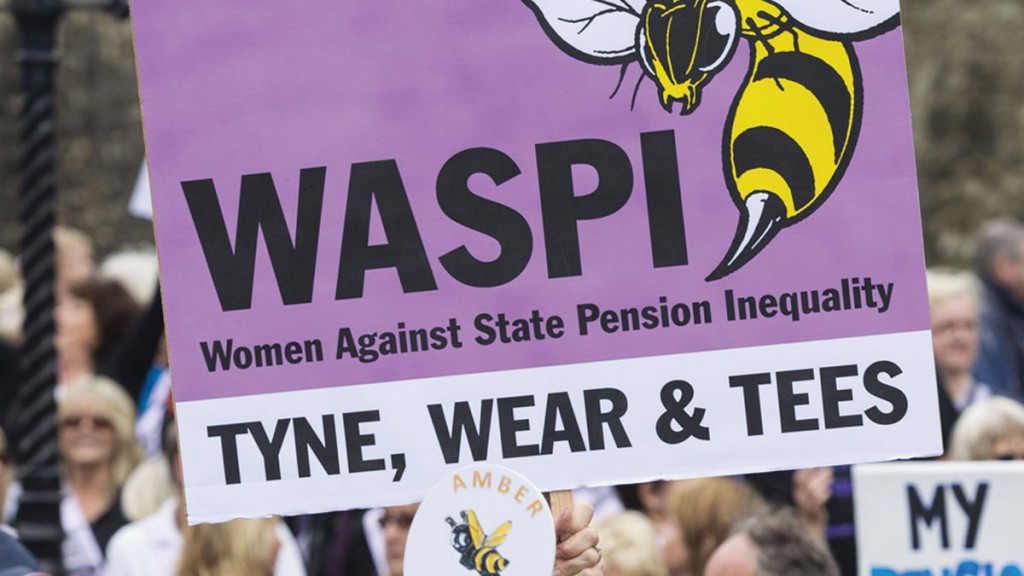
New pensions minister Richard Harrington has warned campaigners for more financial support for older women not to expect any concessions from the government. Harrington said the Women Against State Pension Inequality (WASPI) campaign had been given false hope by MPs who had supported their cause, and insisted the government would make “no further changes”.
WASPI, which claims the support of 120 MPs, says thousands of women affected by the announcement in 1995 that the female state pension age would steadily rise from 60 to 65 from 2010 onwards were never told about the change. Nor were they notified about further changes made to the rules in 2011, which accelerated the equalisation process.
The group wants a bridging pension made available to women affected, many of whom it says have planned to retire only to discover at the last minute that they have longer to wait before they can claim their state pension benefits.
However, while the government accepts the women weren’t individually informed that they would be affected by these reforms, it claims that most would have been aware of the publicity about the changes in 1995 and 2011. In the latter case, ministers were even forced to backtrack on their most aggressive plans for putting back women’s state pension age, in a move that cost taxpayers £1m.
Given the campaign’s chances of winning a reprieve seem slim, women in their 40s and 50s who will be caught by the changes should act now to put themselves in the best position possible. If you’re affected, check your state pension age and plan accordingly.
In some cases, the best option will be to continue in employment. But it is also important to review your private pension arrangements carefully. Some women will have pensions they had planned to begin drawing at age 60 – this income may be enough to see them through the years until they can claim the state pension too. It’s also worth considering contributing extra to pension funds that have some years to run.
Is your pension an ATM for financiers?
Savers in the UK are paying £2bn a year more than they should on rip-off charges on private pension schemes, according to research from specialist pensions advice firm Profile Financial. Too few savers check charges regularly and consequently £180bn of pensions savings are sitting in funds with excessive fees.
The average saver pays 1.47% a year for their pension, but the cheapest providers in the market offer fees as low as 0.34%, claims Profile Financial. A 35-year-old with a pension fund of £22,000 – the national average value – would save more than £9,000 by switching from a fund with average charges to a low-cost alternative. All of that money could be reinvested to generate additional pension income.
The research underlines growing concern about excessive costs that result in savers in the UK ending up with substantially lower retirement incomes than they might otherwise expect – and a much poorer deal than savers in other countries. Research published this month in the specialist magazine Pensions World suggests a Dutch saver making exactly the same contribution to their pension fund as a saver in Britain is currently likely to retire on an income that is 50% higher.
The gap is almost entirely accounted for by the high – and often hidden – charges levied by pension providers in the UK. “The private pension system in Britain is simply not fit for purpose,” writes David Pitt-Watson of London Business School in Pensions World. “We have engineered a system that transforms worker savings into a virtual cashpoint for the financial industry.”